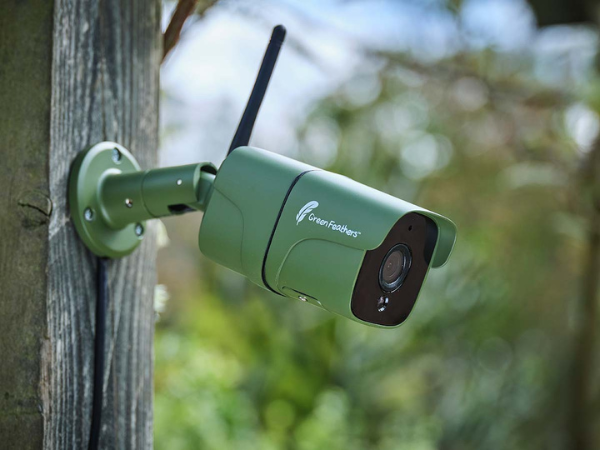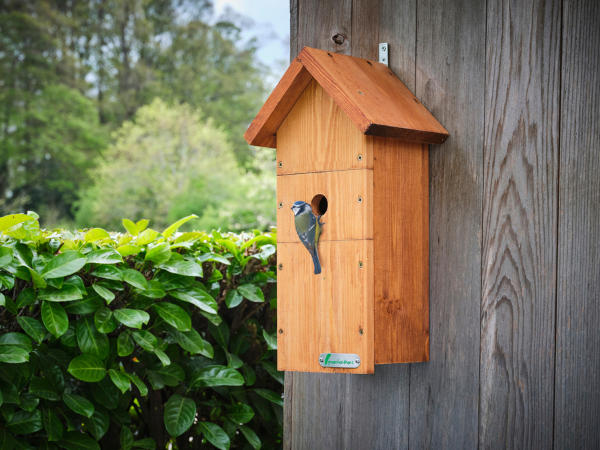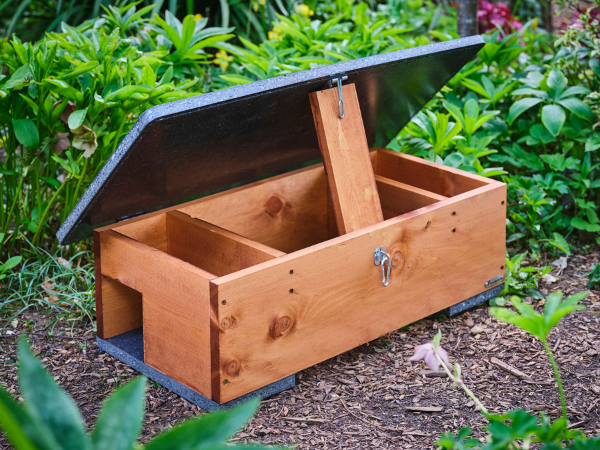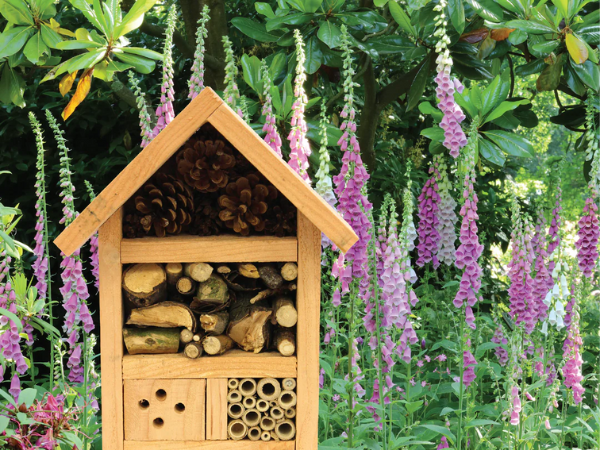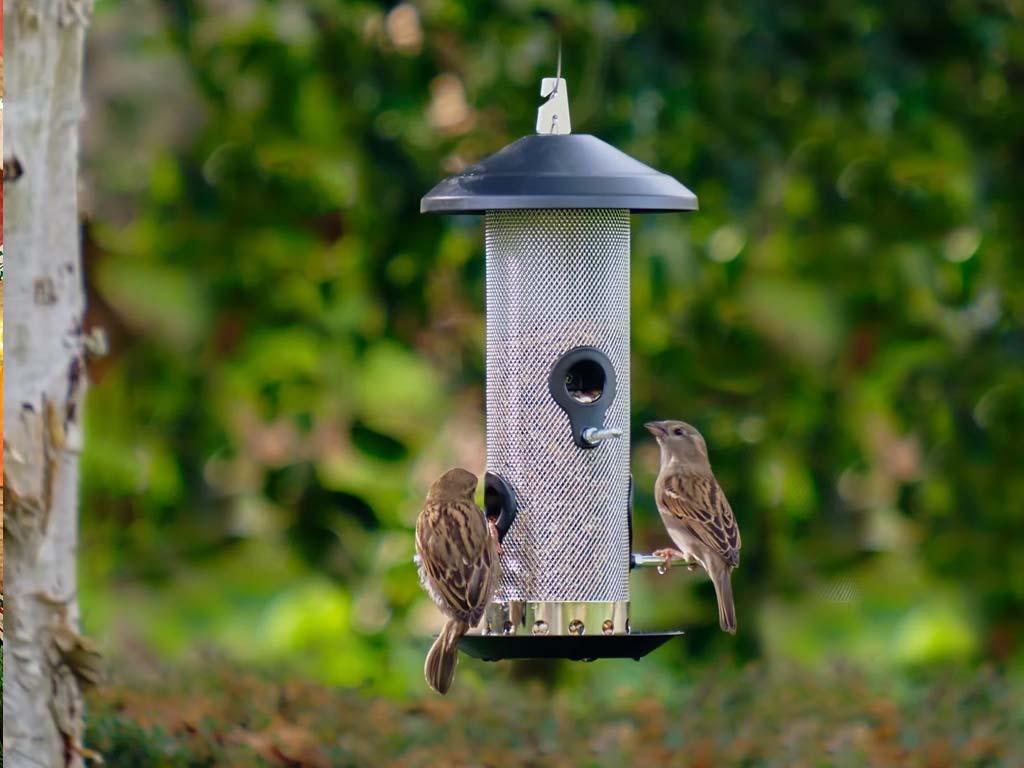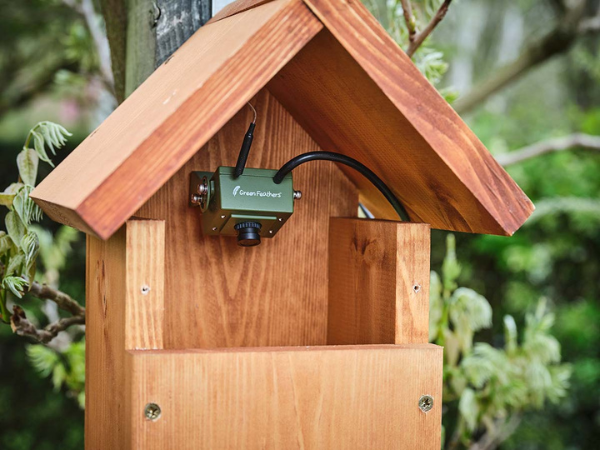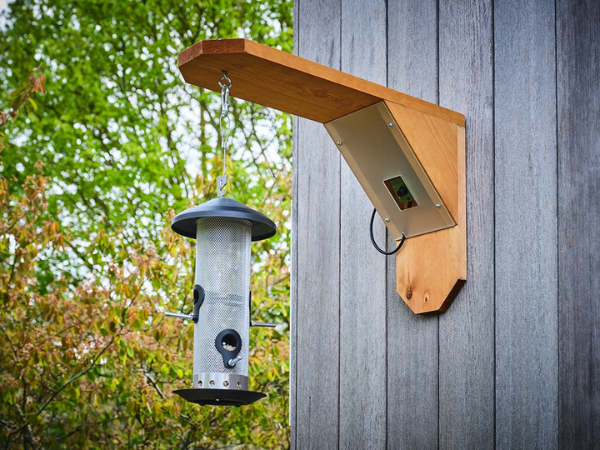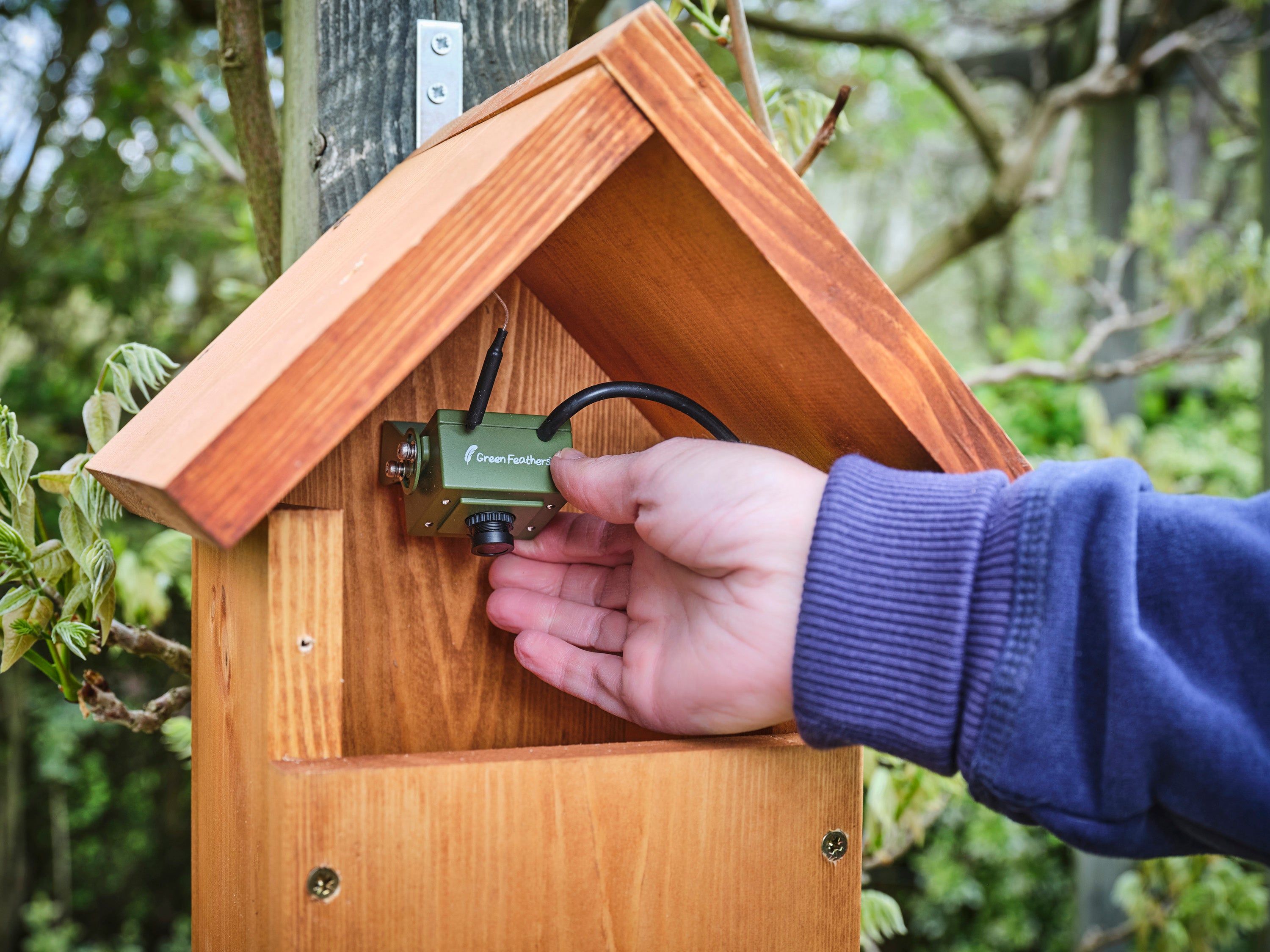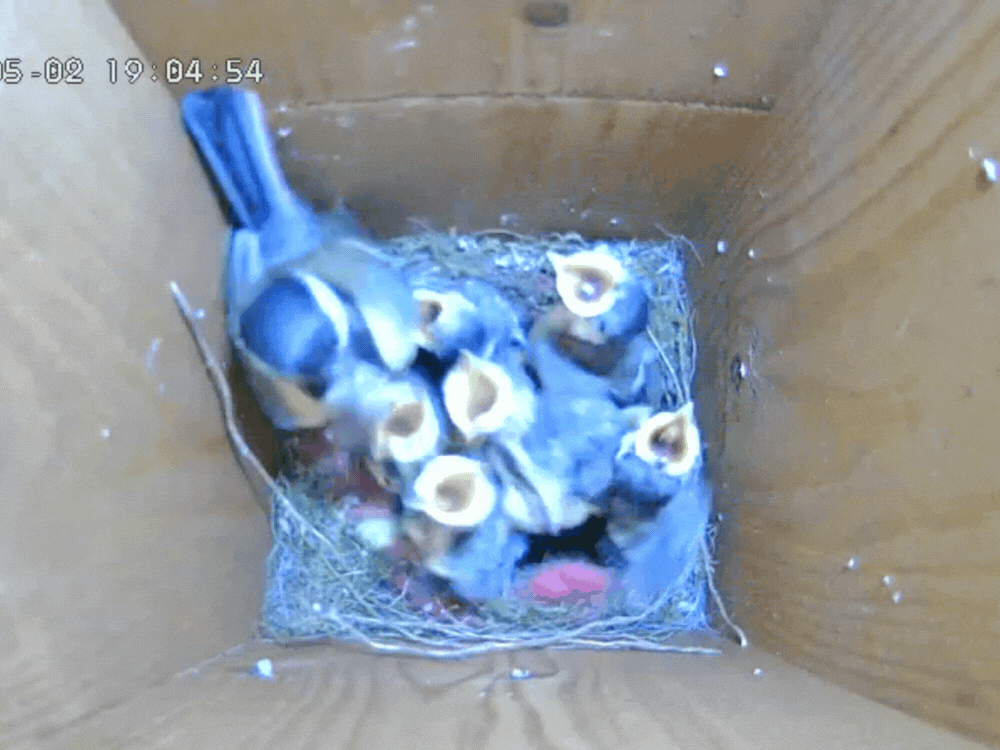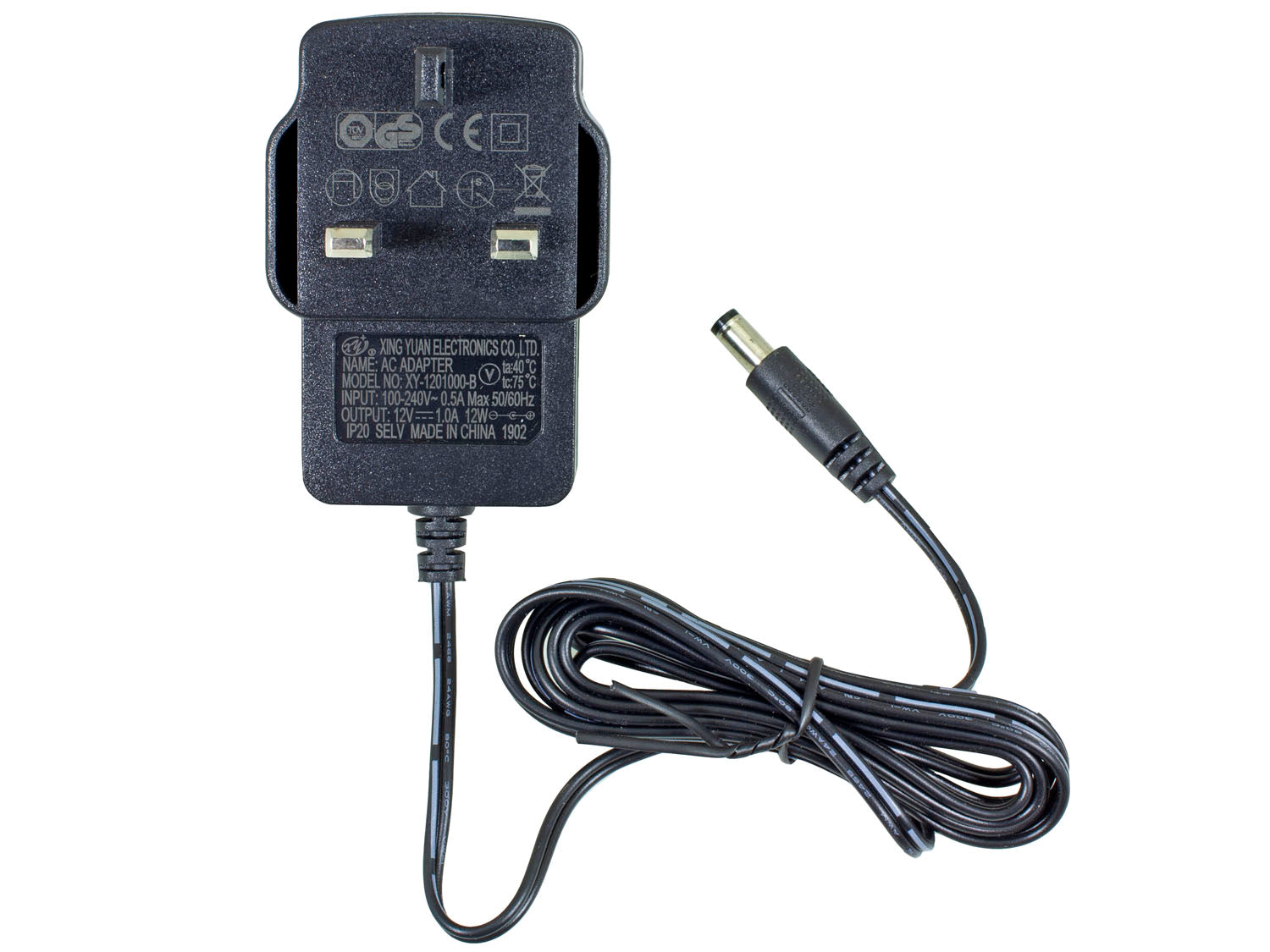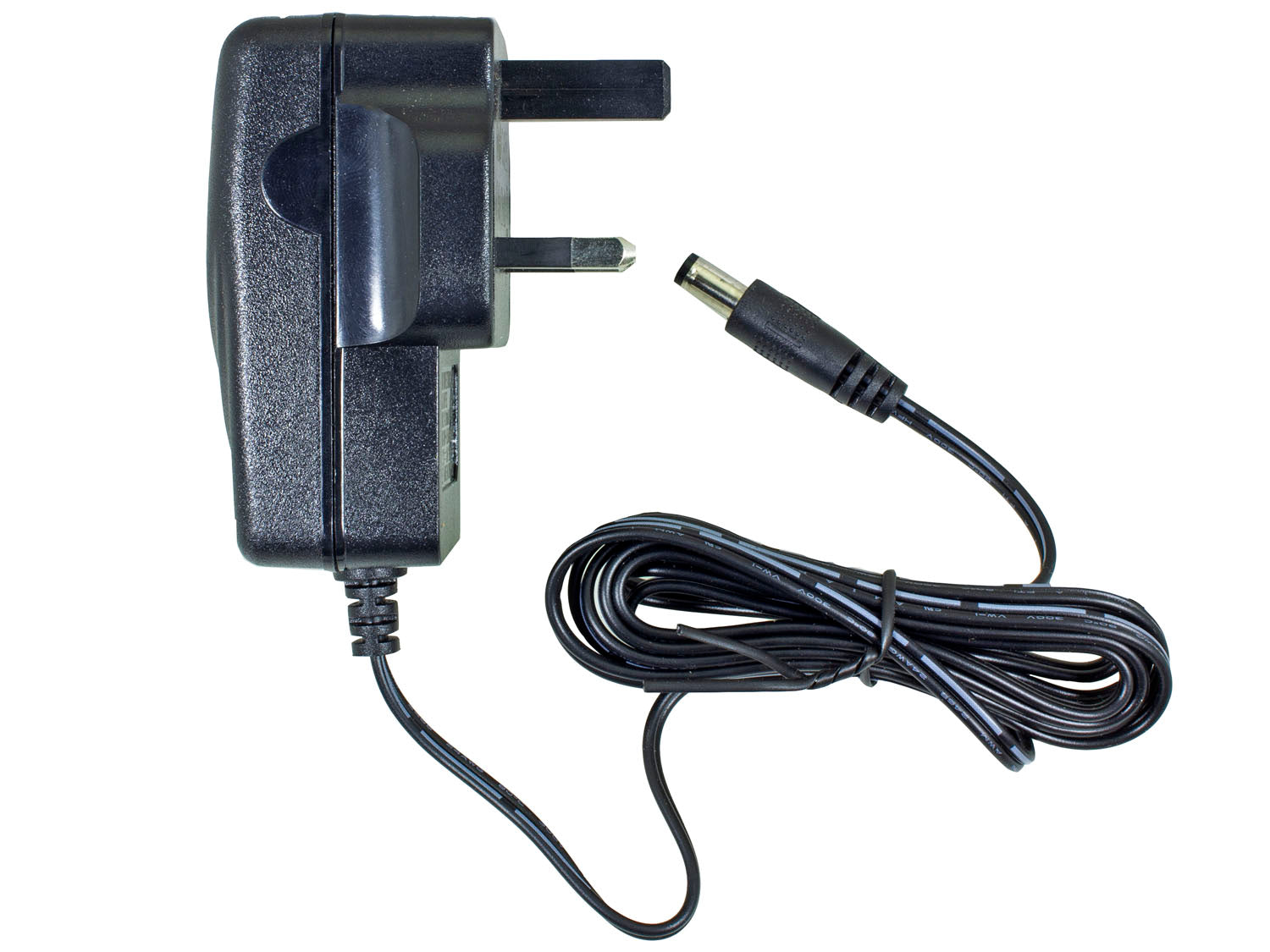As the chill of autumn and winter approaches, many of us start to think about how our regular garden visitors might be faring through the colder months. One of the most intriguing and endearing of these is the hedgehog - a creature known for its distinctive spines and charming nocturnal habits.
But when winter hits, where do these prickly animals go, and how do they manage to survive the harsh conditions - especially as hedgehog populations are declining? The answer lies in a remarkable survival strategy known as hibernation.
In this blog post, we'll explore the fascinating world of hedgehog hibernation. We'll answer key questions about why and when hedgehogs hibernate, where they choose to settle in for their long nap, and how you can support them by setting up and caring for a hedgehog in your garden.
Whether you’re a garden enthusiast or simply a hedgehog admirer, understanding these aspects can help you make your outdoor space a more hospitable haven for these charming creatures.
What is hibernation?
Hibernation is when an animal goes into a deep sleep-like state for a long time, usually during the winter. This helps them save energy, because they don't need to eat much or at all during this period.
During hibernation, the animal's body slows down a lot, including its heart rate and breathing, and its body temperature drops to save energy. The animal lives off its body fat, since it's not eating, but sometimes the animal wakes up for a short time to eat or go to the bathroom before going back to sleep.
Do hedgehogs hibernate?
Yes, hedgehogs are one of the many animals that hibernate!

Why do hedgehogs hibernate?
Hedgehogs hibernate to help them survive the winter.
This is because in the winter, the insects, worms, and other small creatures that hedgehogs eat are hard to find, so hibernation allows them to manage to go without food for a long time. Because hedgehogs aren’t eating, they lower their body temperature and slow down their metabolism, so that they use less energy - this helps them survive on their stored body fat, instead.
Hibernating also helps hedgehogs avoid the cold winter temperatures, which could kill them. Instead, they find a safe, sheltered place, like a pile of leaves or a burrow, to stay warm and ‘sleep’ the winter away.
When do hedgehogs hibernate?
In the UK, hedgehogs typically begin to hibernate from late November or December, and can remain in hibernation until March or April - depending on the weather conditions.
From September to November, hedgehogs prepare for their hibernation by eating more to build up their fat reserves. Then, as the weather gets colder and food becomes scarce in late November to December, they go on the hunt for a suitable place to hibernate.
During the hibernation period, November/December to March/April, hedgehogs go into a deep sleep-like state, with a reduced heart rate and lower body temperature. Then, as the weather warms up and food becomes more available, hedgehogs wake up from hibernation and become active again.
The exact timing of a hedgehog’s hibernation can vary based on the specific weather conditions each year. Mild winters might see hedgehogs waking up earlier, whilst longer, colder winters might extend their hibernation period.
Where do hedgehogs hibernate?
Hedgehogs hibernate in safe, sheltered places that provide protection from the cold weather and from predators. Some common hedgehog hibernation sites include:
- Leaf piles: Hedgehogs often hibernate under piles of leaves, where they can stay insulated and hidden.
- Log piles: They may choose to nestle among logs, which offer protection and stability for the hedgehog.
- Compost heaps: These can be warm and insulated, making them an ideal spot for hedgehog hibernation.
- Bushes and shrubs: Dense vegetation provides cover and some insulation for the hedgehog from the elements.
- Garden sheds: Sometimes, hedgehogs find their way into garden sheds or other outbuildings, where they can stay dry and protected.
- Burrows: Hedgehogs might dig their own burrows or use abandoned ones from other animals to create a secure hibernation spot, if they cannot find a suitable spot elsewhere.
Hedgehogs typically look for places that are dry, sheltered, and safe from disturbances. In wildlife-friendly gardens, they might take advantage of provided hedgehog houses or other man-made shelters designed to mimic natural hibernation sites.
How to tell if a hedgehog is hibernating
If you find a hedgehog ‘asleep’ in the winter months, you may wonder if it is hibernating. To determine if a hedgehog is hibernating, look for the following signs:
- Lack of movement: A hibernating hedgehog will be very still and show no signs of activity.
- Cold to the touch: The hedgehog's body temperature will be much lower than usual, almost matching the surrounding environment.
- Slow breathing: Breathing will be extremely slow and shallow in the hedgehog - often difficult to detect.
- Curled up: Hibernating hedgehogs usually curl into a tight ball.
- Non-responsive: Gently touching or moving the hedgehog will not wake it up or provoke a reaction.
If you find a hedgehog that you think is hibernating, it's crucial not to disturb it, as hibernation is a critical process for its survival. However, if you're concerned about the hedgehog's well-being, such as if it seems to be in an unsafe location or if the weather has become unusually warm, it's best to contact a local wildlife rescue centre for advice.
How to set up your hedgehog house for hibernation

If you want to help your local hedgehogs hibernate this winter, you need to get yourself a hedgehog house!
There are many types to choose from, from hedgehog houses with cameras to luxury, antibacterial hedgehog houses.
But once you have one, how do you start with setting it up?
When to put out your hedgehog house for hibernation
To help your local hedgehogs prepare for hibernation, it's best to put out your hedgehog house by the early autumn (around October). This timing allows hedgehogs to find the house and become accustomed to it, before the weather turns cold.
Where to put your hedgehog house for hibernation
When looking for the ideal location to put your hedgehog house, choose a quiet, sheltered spot in your garden - away from direct sunlight and prevailing winds. A secluded area under bushes, near a hedge, or against a wall can work well.
What to put in your hedgehog house for hibernation
Hedgehogs will do a lot of the work in preparing their new spot for hibernation, but you could help by adding in a few dry leaves, straw, or hay to provide insulation and comfort for them. Make sure to not add in too many natural resources - as this may make the hedgehog think that another of their prickly pals has chosen to reside there! If you’re a little stuck on where to begin, a hedgehog care starter pack is the way to go!
Avoid using materials like plastic or fabric, as these can trap moisture inside the hedgehog house and you don’t want the hedgehog accidentally eating any.
How to care for a hibernating hedgehog in your garden
Caring for a hedgehog in your garden, especially one that is hibernating, involves ensuring that the hedgehog has a safe, undisturbed, and well-prepared environment. Here are some steps you can take to make them really comfortable in your garden:
Step 1: Before hibernation
Before hedgehog hibernation season begins, set up your hedgehog house with the advice above. Around the hedgehog house, provide hedgehog food to help attract hedgehogs to your garden, know it as a trusted space, and build up their fat reserve.
Don’t have any hedgehog food to hand? No worries! Explore our guide to what foods do hedgehogs eat, including small pieces of low-fat meat, like cooked chicken breast or turkey, or high-quality wet cat and dog food.
Step 2: During hibernation
Once the hedgehog is hibernating, you’ll want to leave it be. You can keep an eye on your prickly pal to ensure their home remains dry and secure by installing a hedgehog house camera, but avoid opening the house or handling the hedgehog.
If the weather starts to get particularly cold, you may want to add extra leaves or straw around the house to provide additional insulation - however, you shouldn’t put any directly inside. You could also keep a shallow dish of fresh water nearby throughout the season, but make sure it's not too close, to avoid disturbing the hedgehog.
Step 3: After hibernation
As the weather warms up in March or April, check on your cameras to see if the hedgehog has left the house. If it has, you need to then clean the house and replace the bedding material for future use. Hedgehogs like to use hedgehog houses all year round, as they are nocturnal animals and sleep throughout the day.
Once the hedgehog has woken, provide food and water nearby to help it regain strength.
Additional tips for looking after hibernating hedgehogs
To make your garden completely hedgehog-friendly, you should avoid using slug pellets or pesticides in your garden, as they can harm your prickly pals.
You should also ensure there are no hazards in your garden, such as open drains or ponds without escape routes, where hedgehogs could get trapped.
Frequently asked questions about hedgehog hibernation
What should I do if I disturb a hibernating hedgehog?
If you accidentally disturb a hibernating hedgehog, do not handle or touch the hedgehog in any way, and leave quickly. Check that their hibernation space is safe and sheltered from the cold and potential predators. If not, consider moving the hedgehog to somewhere safer, like a hedgehog house. Then, monitor the hedgehog from a distance, seeing if it resumes hibernation.
However, if the hedgehog appears distressed, injured, or does not go back into hibernation, contact a local wildlife rescue organisation for help.
Do hedgehogs return to the same garden?
Yes, hedgehogs often return to the same garden - especially if it provides a good food source, shelter, and safety. This is because hedgehogs are creatures of habit and prefer familiar environments. If your garden has been a reliable source of food and shelter, a hedgehog may return year after year.
Should I report a hedgehog in my garden?
Reporting a hedgehog in your garden depends on the situation.
If the hedgehog is awake during the day, appears injured, sick, underweight, or is behaving unusually, contact a local wildlife rescue organisation. If you find a hedgehog out and about in winter when it should be hibernating, especially if it looks underweight or weak, you should also report it.
However, if the hedgehog looks healthy, is behaving normally, and is in a safe and appropriate environment, there is typically no need for intervention.
Should you feed a hibernating hedgehog?
Feeding a hibernating hedgehog is generally not recommended and can be problematic.
Disrupting a hedgehog by offering food can interfere with their natural cycle and cause distress. Furthermore, waking a hedgehog from hibernation to eat uses up its valuable energy reserves, which could be detrimental if it doesn’t have enough fat stores to last through the winter.
Hedgehogs in hibernation also have significantly slowed down their metabolism. Introducing food can lead to digestive problems, as their system isn't prepared to handle it.
Leftover food that the hedgehog doesn’t eat, because it's in hibernation, can also attract pests or lead to mould growth, which could be harmful to the hedgehog.
Want to learn more about hedgehogs? Find more resources on our blog, like our hedgehog facts & how to help them, or contact us today for expert info on everything hedgehog.



